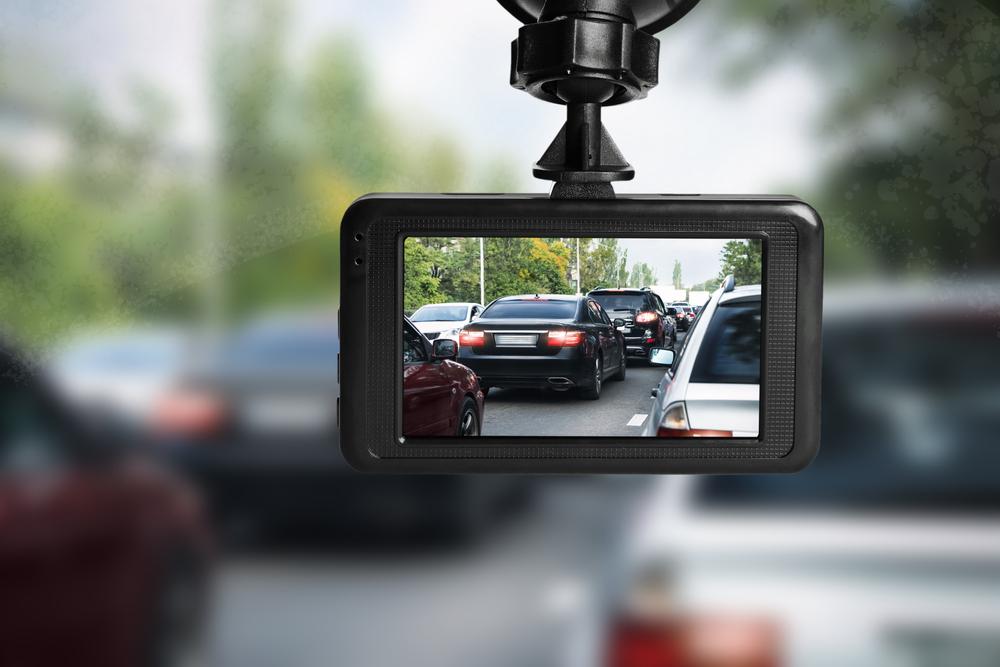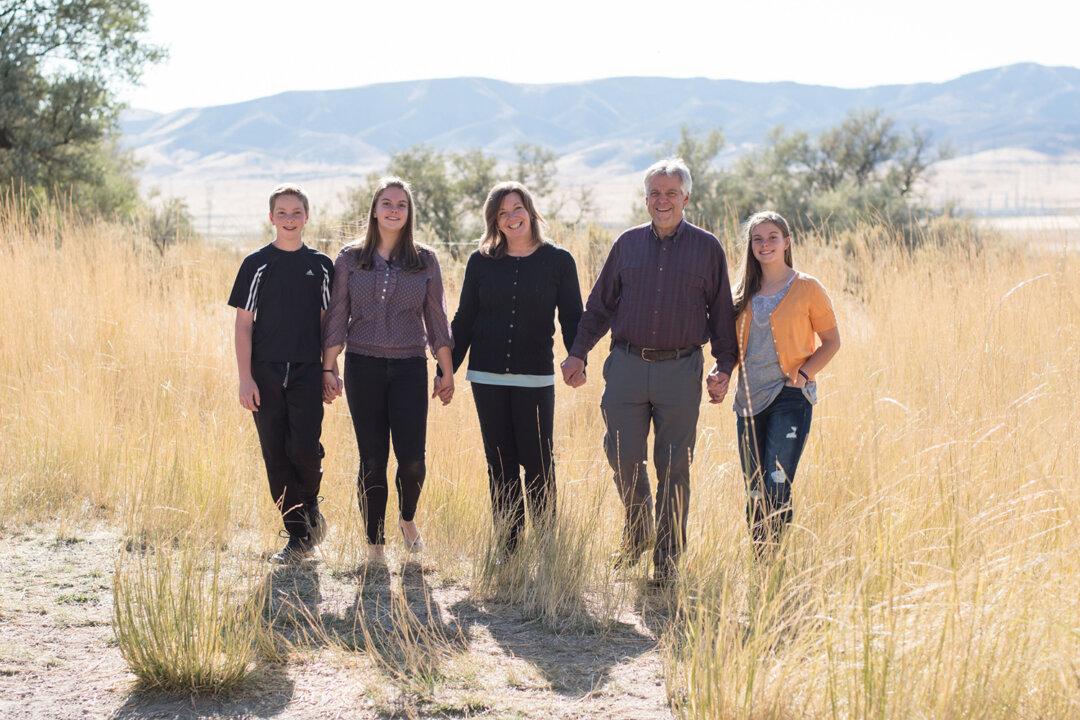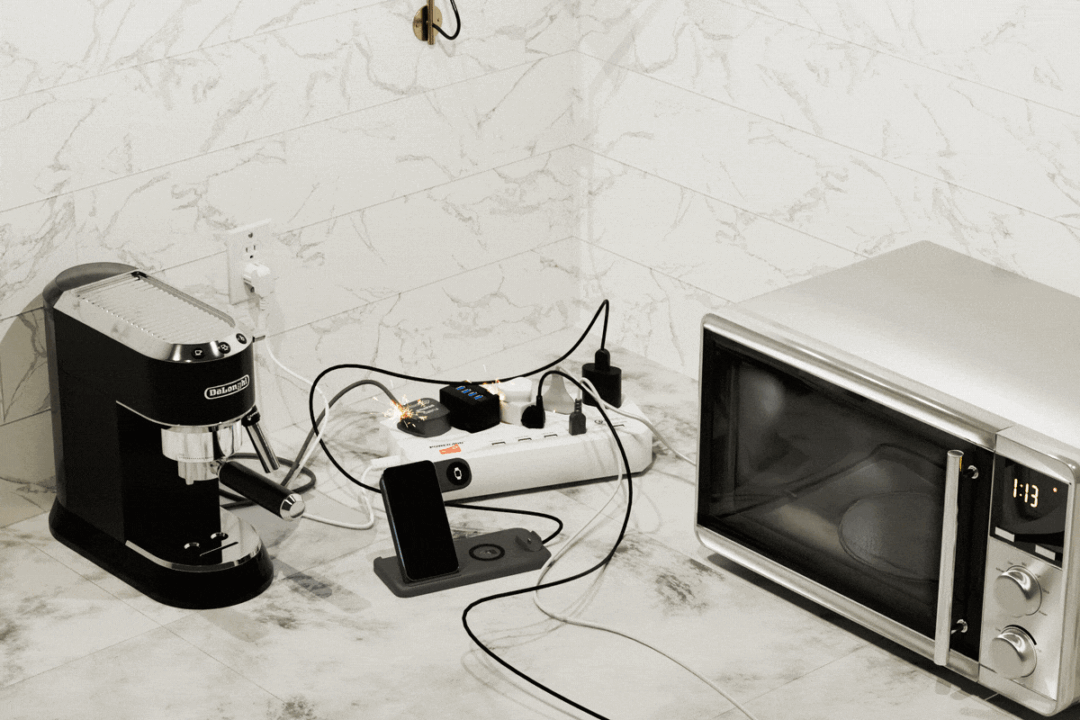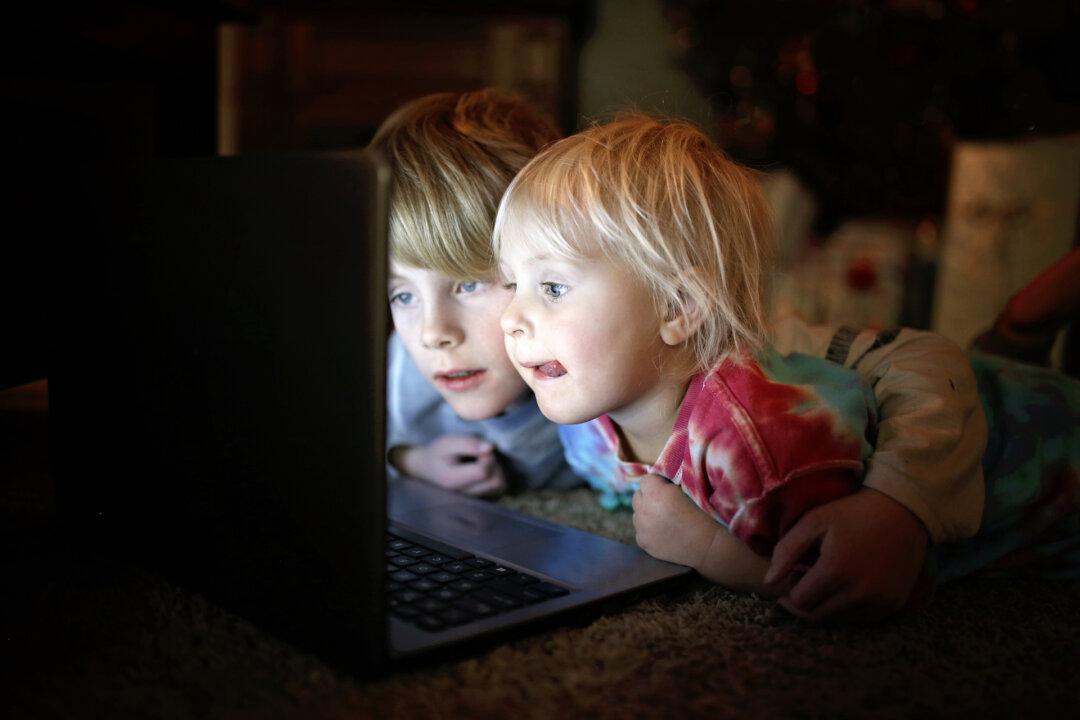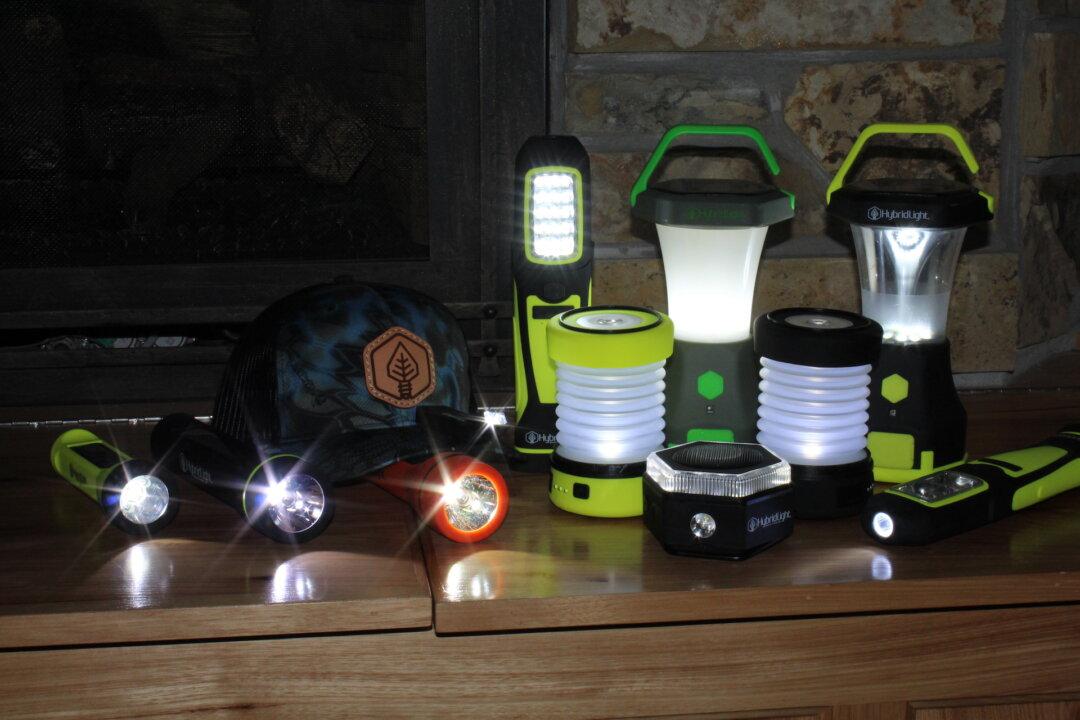It has long been the case that, in the event of an incident that leads to injury or property damage or worse, without witnesses, it can be challenging to determine which person’s story is accurate. Cameras that use film, sometimes called “tape,” are a thing of the past, as there are a wide variety of digital video cameras available that can record the scene and, in some cases, record audio as well to provide an unbiased record of what actually occurred, eliminating the “he said/she said” aspect.
These cameras can be used to monitor events in and around homes, record vehicles as they’re on the road or parked, and even provide documentation of personal interactions. The purpose of these cameras is primarily to document what took place, but the reasons to do so can range from entertainment to self-preservation. A quick search of YouTube videos reveals an immense offering of dashcam videos from all over the globe, as well as many videos of funny animal antics caught on home “doorbell cameras.”
Doorbell Cameras
Doorbell cameras continue to grow in popularity for homes and apartments as a way to record deliveries, monitor vehicles and activity in the driveway, and, in some cases, see in real time who’s at the door. Some, including Ring video doorbells (Ring.com) priced at about $250, are motion-activated and allow two-way communication, even if the occupants aren’t at home. A monthly subscription is required to access features including video history and the ability to capture snapshots, but the system provides two-way communication, notifications when a person is detected, and a real-time view right out of the box at no extra cost.

Dashcams
A dashcam can be invaluable in the event of an automobile accident in which it may not be readily apparent who was at fault. Most models record the view looking forward over the hood, while others incorporate a second camera to record the view looking back out the rear window. There have been several recent instances of these cameras recording parking valets or dealership employees taking unauthorized rides in a customer’s car, allowing the owners to know who to contact to make restitution claims. As mentioned earlier, these cameras sometimes capture unique events, many of which can be seen on YouTube.Bodycams
Bodycams, which record video and audio, are most often used by law enforcement personnel, but they can be of use to civilians as well. However, there are instances in which its use may be prohibited, which can vary from state to state. Before deciding to use a bodycam, it’s important to check state and local laws governing their use. Some private establishments, such as restaurants or retail stores, may not allow their use, and in many instances and areas, it’s against the law to record video and/or audio of individuals without their prior consent.

